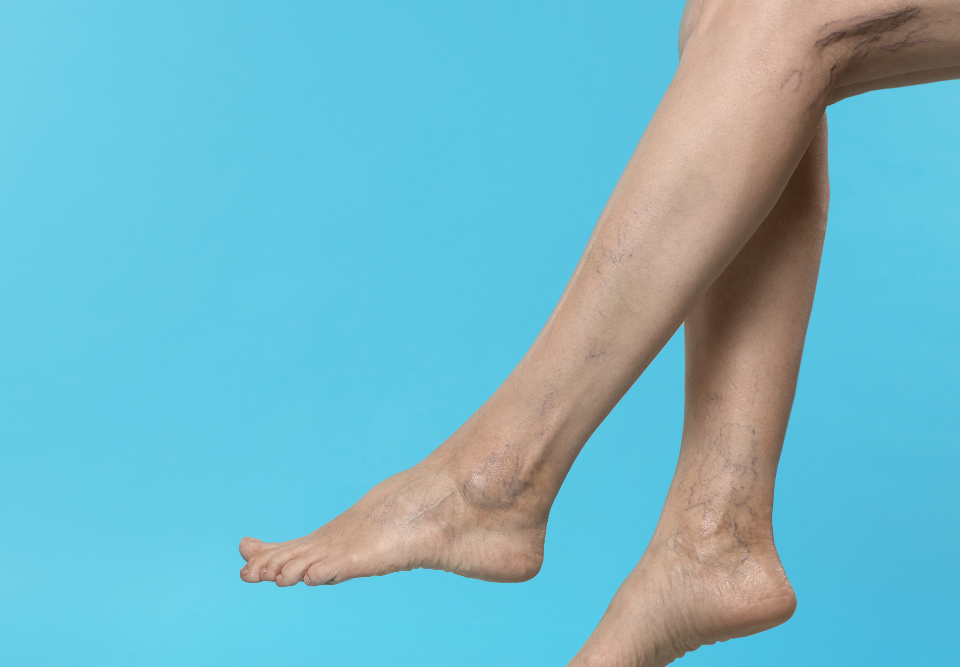
6 Myths About Leg Veins Debunked
June 27, 2019
Post Varicose Vein Treatment Restrictions
July 9, 2019Women and Varicose Veins in Columbia, MD
While many people believe that only women get varicose veins, men are also susceptible to them. However, women are 4 times more likely to experience these discolored and dilated vessels than men.
In fact, 55% of American women will develop varicose veins in their lifetime.
So, what factors increase their risk?
Continue reading to learn why women are more prone to varicose veins in Columbia, MD.
What Are Varicose Veins?
Varicose veins are enlarged, twisted, and rope-like veins that typically occur on the legs and lower extremities. They form when damaged valves and weakened vein walls allow blood to flow backwards and pool in leg veins.
Why Women Are More Prone to Varicose Veins
Age, excess weight, genetics, and a sedentary lifestyle put women and men at equal risk for varicose veins and vascular disease. However, there are two main reasons why females are more prone to varicose veins.
The first is female hormones, specifically progesterone.
Not only does progesterone control menstruation and physical development, it’s also responsible for relaxing vein walls and valves. Overtime, progesterone can weaken vein walls and valves and make varicose veins more likely.
Pregnancy is another factor that helps explain why females are more prone to varicose veins.
During pregnancy, progesterone levels and volume of circulatory blood increase. In addition, as a women’s abdomen expands to accommodate the growing fetus, the added weight puts more pressure on veins.
The combination of these issues significantly increases a woman’s chance of developing varicose veins while pregnant.
How Can Women Reduce Their Risk of Varicose Veins?
While women cannot directly act on the hormonal factors that make them prone to varicose veins, they can take several precautions to decrease their risk. These include: staying active; wearing compression stockings; elevating their legs; and maintaining a healthy weight.
Learn More About Varicose Vein Development and Treatment in Columbia, MD
For additional information on reducing your risk for varicose veins in Columbia, MD, please contact our office today to schedule a consultation with one of our vein specialists.



